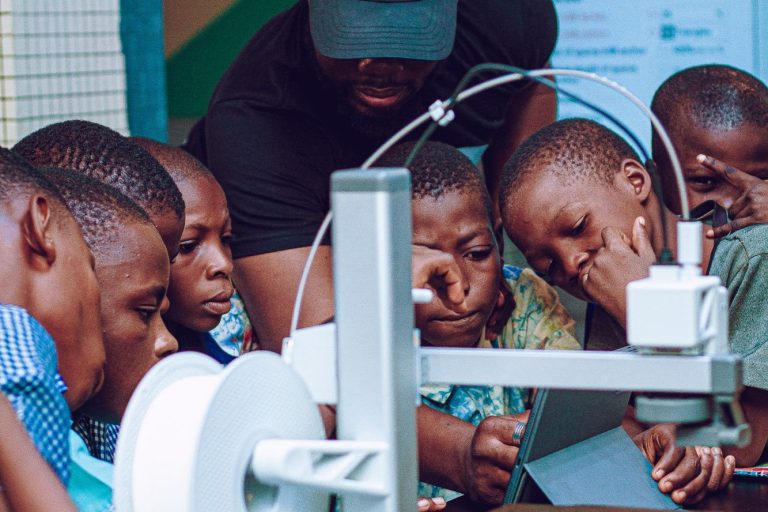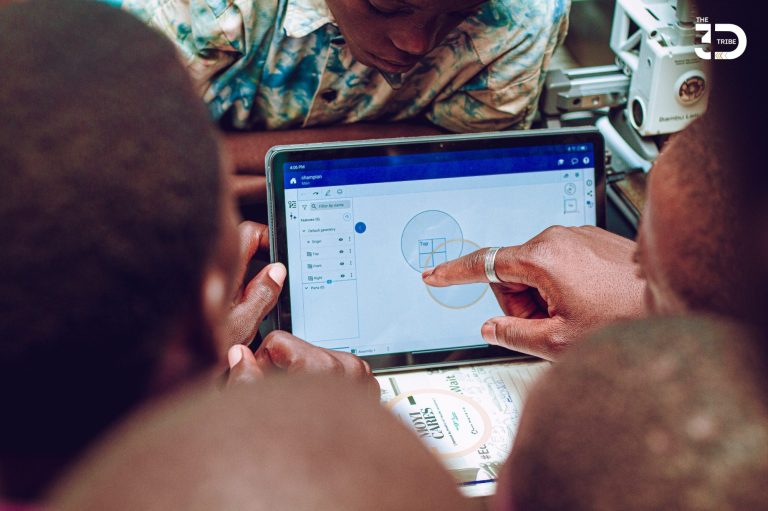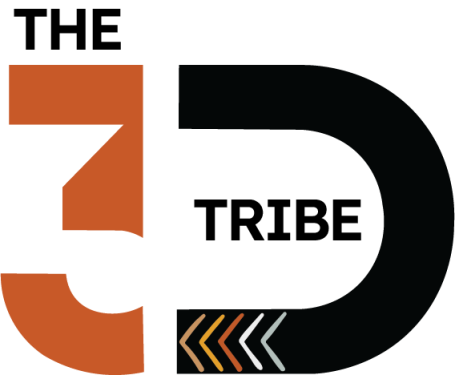Initial Consultation
01
A brief 15 min meeting to understand your needs, discuss goals, and outline possible solutions or services before moving forward.
Proposal
02
Prepare structured document outlining recommended plan, timelines, and costs, for approval before starting our service.
Sign Off
03
Once the agreement is sufficient for both parties, the proposal is signed and shared with both parties.
Execution
04
The 3D Tribe team organise and carry out the agreed training ensuring all aims and objectives are met.
How it Works
{{ is_error_msg }}
Duration: {{ service_details.bookingpress_service_duration_val }} {{ service_details.bookingpress_service_duration_label }}
Price: {{ service_details.bookingpress_service_price }}
{{ is_error_msg }}
{{ is_error_msg }}
{{ is_error_msg }}
Your appointment booking summary
Pay Locally
PayPal
Our Education Pillars
Discover more about our extensive range of professional services. We constantly update this page, but if you still can’t find what you’re looking for, please feel free to get in touch with us – we will be more than happy to help.

Device Training
Students learn how to operate, maintain, and safely handle 3D printers. From setup to calibration, this pillar builds hands-on familiarity with hardware, preparing learners to confidently manage devices in classroom, lab, or workshop environments.

Computer Aided Design
This pillar teaches students how to design 3D models using CAD software. From basic shapes to complex assemblies, learners develop essential skills in precision, geometry, and digital prototyping for effective 3D printing.

Slicing and Preparation
Students learn how to convert 3D models into printable files using slicing software. This includes setting layer heights, supports, and infill. The pillar ensures learners understand how preparation impacts print quality, speed, and material efficiency.

Troubleshooting
This pillar equips learners with problem-solving skills to identify and resolve common 3D printing issues. It emphasizes diagnosing errors, understanding print failures, and applying systematic solutions—developing resilience and technical confidence.

Materials Selection
Students explore the properties, applications, and limitations of various 3D printing materials. They gain knowledge to choose the right material for strength, flexibility, sustainability, or cost—enhancing print quality and project outcomes.

Design Thinking
Focusing on creativity and critical thinking, students follow a human-centered approach to ideation and prototyping. They learn to empathize, define problems, brainstorm, and test solutions, forming a mindset crucial to innovation in 3D printing.
